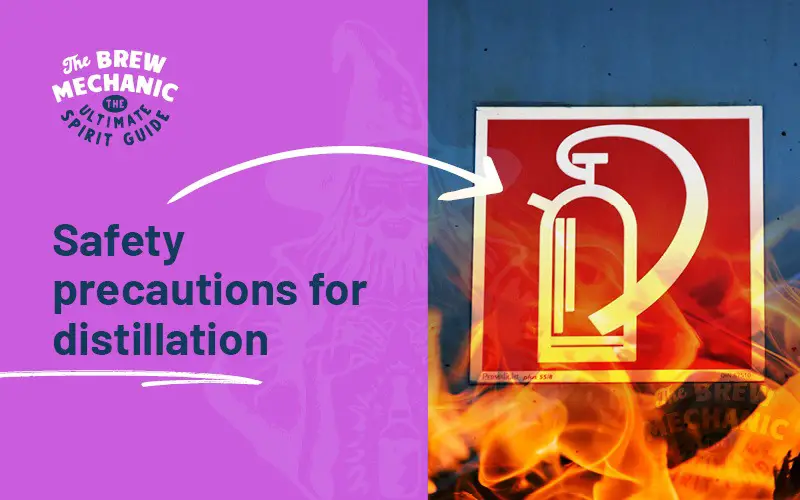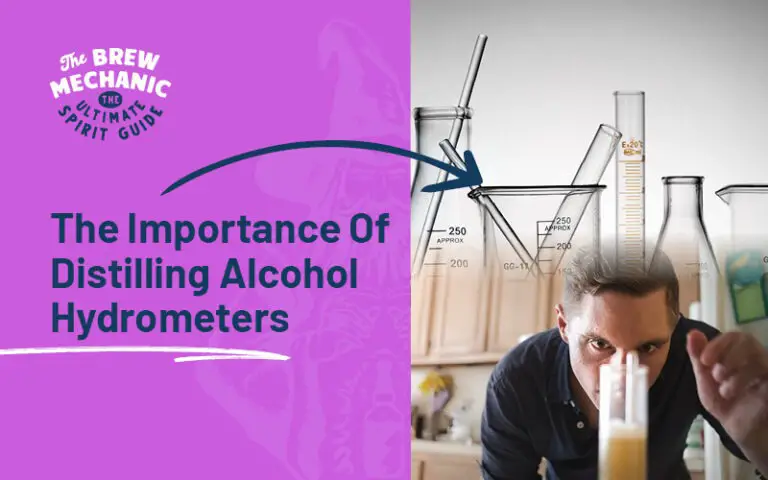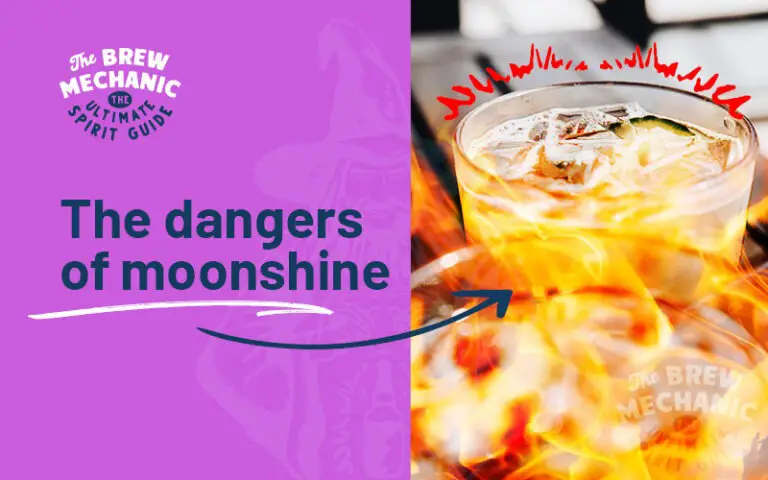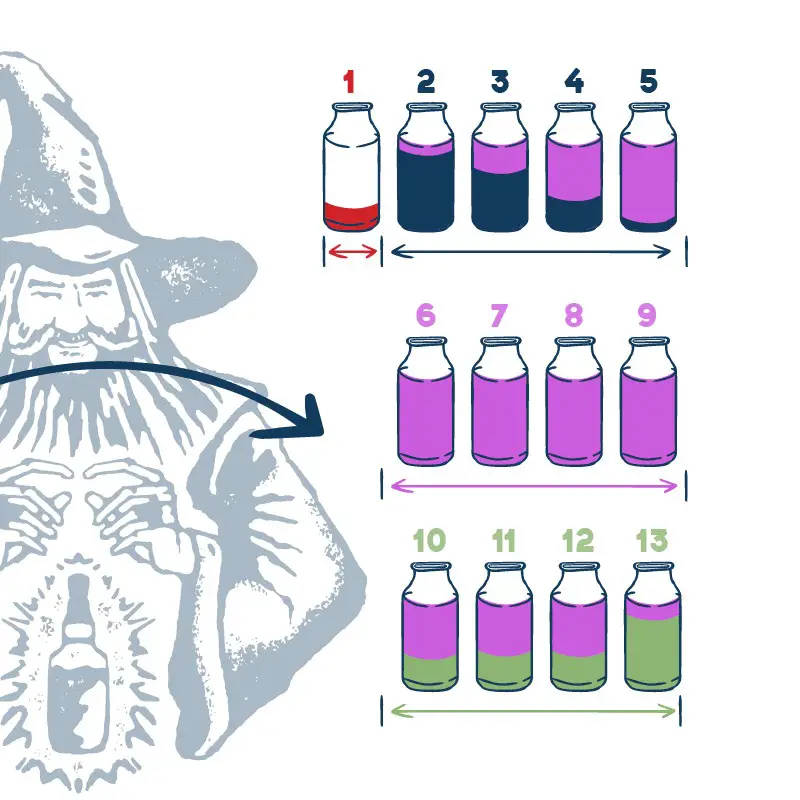Essential Safety Precautions for Distillation! DIY Distilling

Disclaimer: This post might include affiliate links, through which I may earn a small commission without any extra cost to you. Additionally, I am an Amazon Associate and earn from eligible purchases. All the products and services I suggest are ones I have personally used or would use. Thank you very much for your support if you decide to buy through any of my links!
Come join the Distilling Squad!
Get the best fundamental tips & tricks here. Woohoo!
It is critical to have safety precautions for distillation. It is Yes or Yes! For a DIY distiller, understanding and implementing these safety tips is vital to prevent accidents, which can range from minor spills to fires. We will ensure that your distillation journey is as safe as it is successful.
What safety Precautions for Distillation are needed?
By following these simple guidelines, you can ensure that your distillation process is not only effective but also safe, protecting yourself and those around you from potential hazards. We will go into the details of the safety precautions for distillation.
What Are the Key Safety Considerations in Distillation?
Distilling involves heating the sugar wash or mash to create vapor and then cooling that vapor to create a liquid (alcohol / ethanol). This process can involve high temperatures, flammable liquids, and potentially hazardous vapors, making safety a paramount concern. The primary safety considerations include proper equipment setup, temperature control, and handling of flammable substances.
How to Choose the Right Equipment for Safe Distillation?
Selecting the correct equipment is crucial for safety precautions for distillation. This includes choosing the right type of still, whether it’s a reflux still or a pot still, and ensuring it is made of suitable materials and correctly sized for your needs. The equipment should also include safety features like a thermometer, and a pressure release valve, and be designed to prevent leaks and spills.
Why is Temperature Monitoring Crucial in Distillation?
Temperature control is a key aspect of distilling. It’s vital to monitor the temperature closely, as different substances boil at different temperatures. Overheating can lead to the production of unwanted byproducts, such as tails, or create a risk of fires. Using a reliable thermometer and constantly monitoring the process is essential.
Fire Extinguishers are a must for Distillation Safety
Since distilling often involves flammable substances, having a fire extinguisher close by is a safety essential. This precaution is crucial for home distilling setups. It’s important to choose the right type of fire extinguisher for the materials you are working with.
Protective Gear: What Do You Need?
Wearing protective gear is necessary to guard against spills, splashes, and fumes. This includes safety glasses, gloves, and possibly aprons. Protective gear helps prevent skin burns and eye injuries, particularly when cleaning substances off your still.
Managing Flammable Vapors: How to Stay Safe?
Flammable vapors are a major hazard in distillation, especially when dealing with alcohol. It’s crucial to ensure the area is well ventilated to prevent the accumulation of vapors, which could lead to a fire.
What Precautions Should Be Taken with the Distillation Column?
The distillation column should be set up properly to ensure efficient separation and prevent any pressure buildup. Regular checks for leaks and ensuring that connections are secure can prevent vapor escape. The column should also be monitored for any blockages that might cause pressure issues.
How to Safely Handle and Store Distillates?
The safety precautions for distillation after distilling, handling and storing the distillate safely is crucial. This includes using appropriate containers, ensuring they are sealed correctly, and storing them in a cool, dark place. It’s important to label the containers accurately to avoid any confusion or accidental misuse of the final product.
Why is Ventilation a Critical Safety Measure in Distillation?
Proper ventilation is crucial in any distillation setup. It helps disperse harmful vapors, reduces the risk of inhaling fumes, and prevents the buildup of flammable gases. Ensuring your distillation area is well ventilated, either through natural means or with the aid of ventilation systems, is key safety precautions for distillation.
Last Updated on Nov 27, 2023 by The Brew Mechanic
Disclosure: I may receive affiliate compensation for some of the links below at no cost to you if you decide to purchase a product or service. You can read our affiliate disclosure in our privacy policy. The information provided is for entertainment only.

With 35 years of knowledge of being a chemical engineer in alcohol manufacturing plants, my mission is to teach the next generation of home distilling alcohol brewers at a supernatural speed.
My reviews are based on real-life experiences with reflux stills, sugar wash, troubleshooting and mystical chemical reactions.







